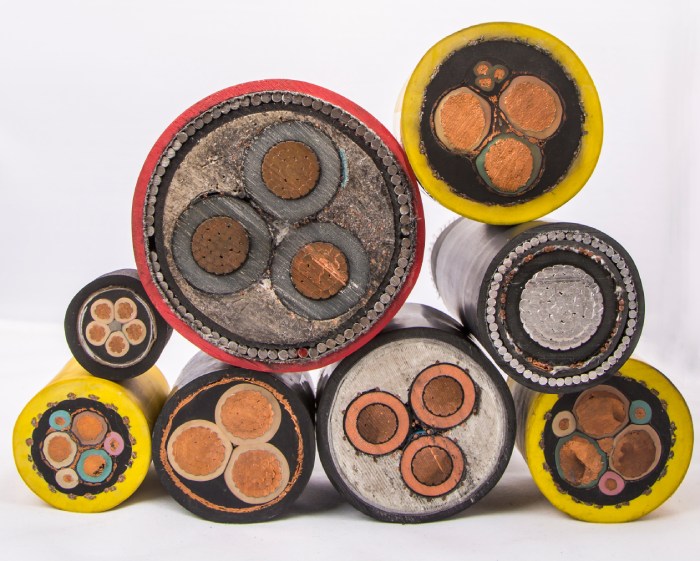We face a common problem in determining the exact wire size for a 50 amp breaker at home or in industrial places. Most of the time, we get confused about how to wire a 50-amp RV plug. The power supply in the ampere through the wire depends upon the reciprocal relation between the resistance and the voltage created on the circuit.
If you choose a wire with excessive diameter and capacity for lower usage, it will definitely create more resistance to the supply. It also depends upon the distance of the subpanel and the length of the wire, which can create resistance and lower the intensity of the electric supply.
Hence, considering all these factors, the wire gauge becomes crucial to intact supply and circuit break concerning the required current flow in ampere, applied potential difference in voltage, and the distance of the subpanel, which is the length of the wire.
It is always recommended to call a professional to do this fitting safely.
Factors Affecting the Ideal Wire Size for The 60 Amps Breaker
1. The Ampacity or Current Flow
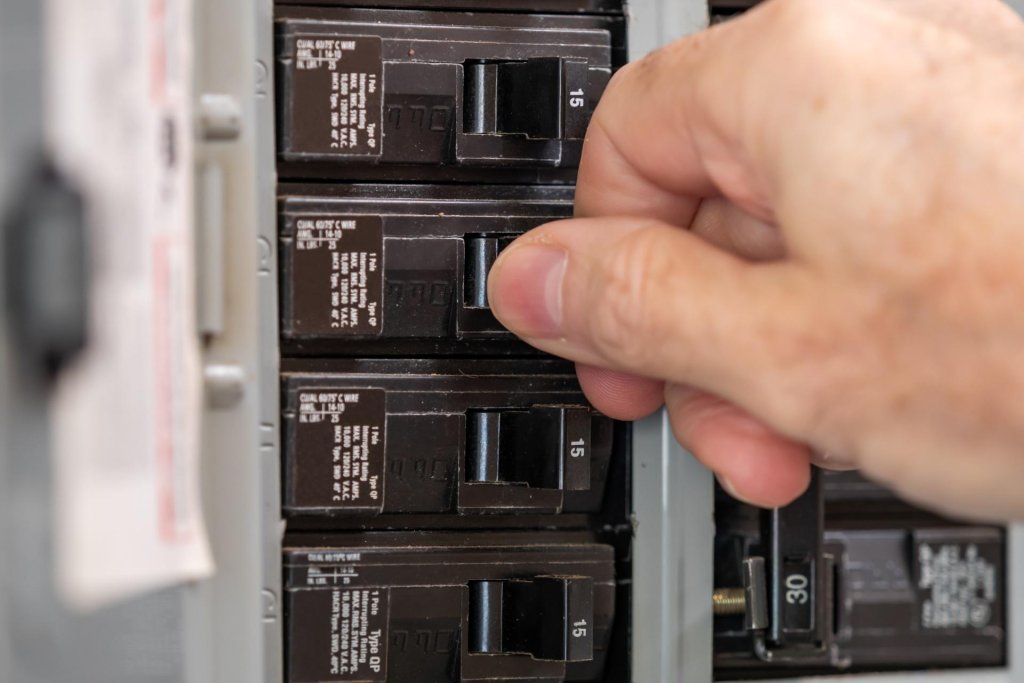
This is nothing but the maximum amount of current flow through the wire concerning the temperature and voltage. You need to use conductors to stabilize the distance factor between the location of the load or panel and the subpanel. The perfect size of a wire is crucial to result in the required ampacity under a certain voltage. Remember that the physical condition of the wire and the weather may differ for the outcome of a result. However, calculations are made on general dry weather.
Conductors can help in situations but not more than a wire length of 30 feet or 9 m. The cable’s insulation should also be intact under maximum load conditions to avoid any disruption or accident.
2. The Gauge
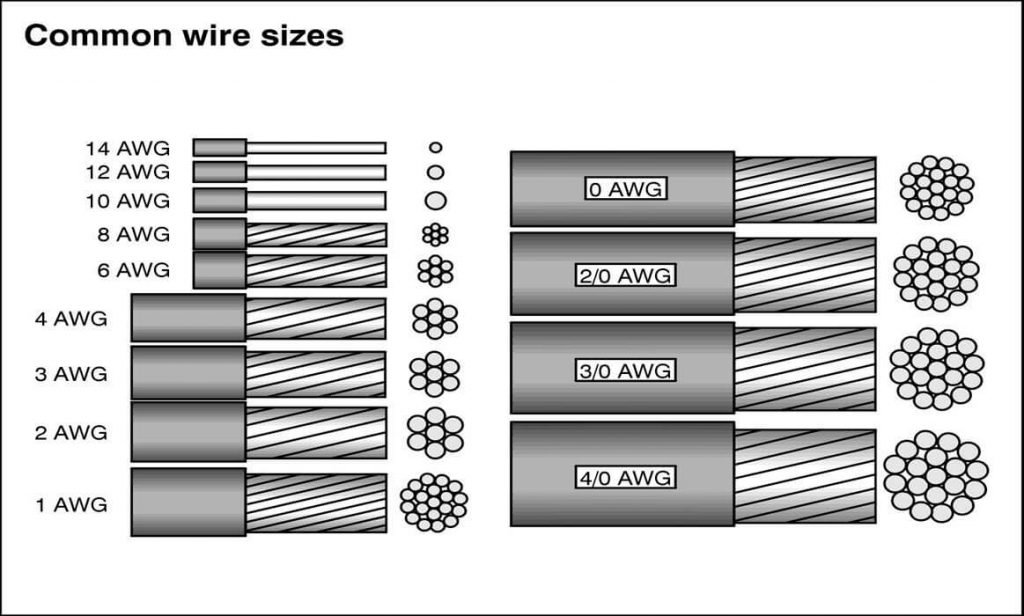
The gauge in an electrical wire determines the amount of electricity that can flow through it without interruption or accident under standard parameters like voltage, insulation, and temperature.
Electrical wires are insulated according to their maximum load capacity and probable heat they could produce while in operation. Nevertheless, the heat can damage the wire or cause a fire without proper insulation according to the gauge’s capacity.
How Do You Determine a Wire with a Proper Size for 60 Amps?
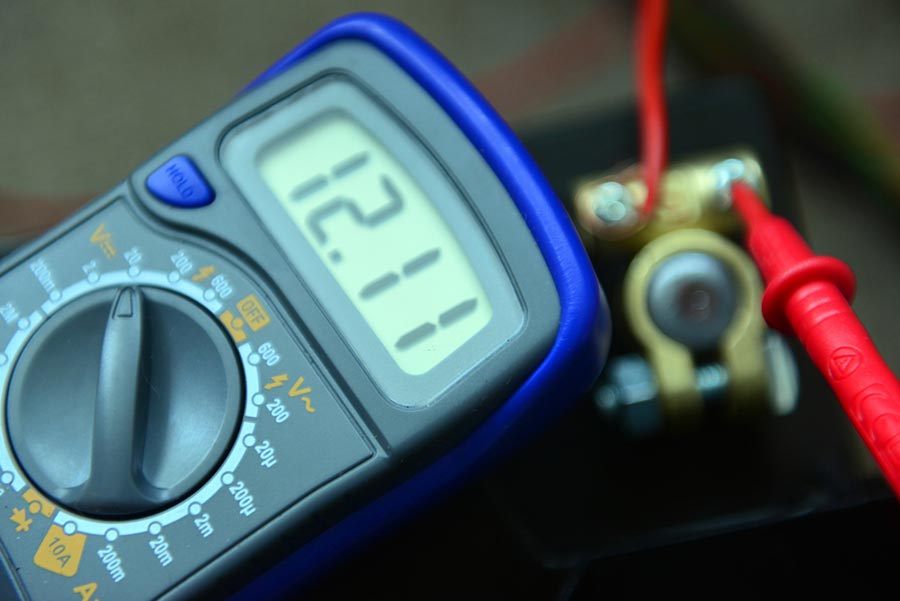
Wire size is the important thing to be chosen properly to minimize the voltage dip and get maximum ampacity or electric supply. The gauge is very crucial here to get the required ampacity safely, considering the distance, the average potential difference in voltage, temperature created, and other environmental factors like atmospheric pressure, temperature, and other factors.
Most importantly, you must have to go through NEC 200-2 and NEC 310-16 in NEC Code Rules and Design Practice. Here, we can have the details about the 80% breaker rating rule and voltage dip account.
1. 80% Breaking Rule
There are two recommended processes to wire for 60 amp breakers with two different sizes of wires that are followed in the USA most of the time:
-
6 AWG (American Wire Gauge) for 60 Amp 220 V
Homeowners actually use this for domestic use. If you follow the NEC code for safety, 80% of the wire size is required for 60 amps either for hot tub wire or for a wire service. According to the requirement of wire size, you need 60 amps x 0.8 = 48 amps wire size to be adequate for the safe fitting. The synopsis is that a wire needs at least a 60-amp breaker for carrying 48 amps.
-
4 AWG (American Wire Gauge) for 60 Amp 220 V
Professionals mostly use this. 4 AWG also can be used for 60 amp 220V. However, this is more frequently used for 75 amp. This can also carry up to 85 amps, its maximum capacity. This is not a usual requirement for a 60-amp breaker. It is used in industrial connections, especially for machines and others with a chance of overloading due to voltage.
2. Voltage Drop
It does not make an issue if the circuit is shorter in length. In a 60 amp breaker, if the cable is too long, there is every chance of a drop in voltage as it reduces by 20% every 100 feet. If you use typical 4 AWG or larger 3 AWG gauge wires, there will be chances for voltage drop due to the length and diameter. The quality of the wire’s metal is also responsible for the higher or lower conductivity, whether it is made of copper, steel, aluminum, or their percentage in the alloy made the wire.
Wire for 60 Amp Sub Panel in Different Distances
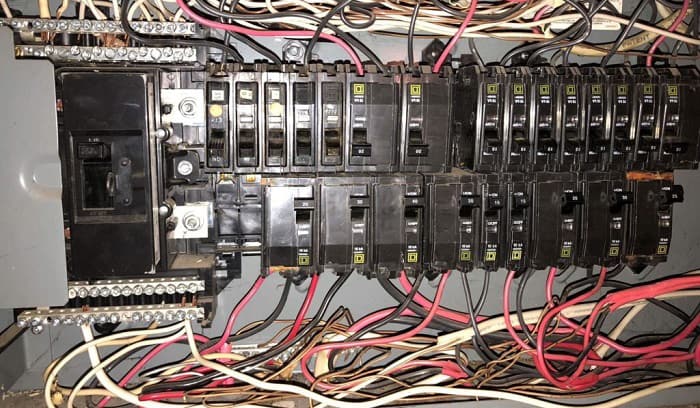
According to the previous calculation, we lose 20% voltage every 100 feet. Hence, we would lose 30% for a 150 feet long connection. You have to increase the amps by 30% to fill in the gap. It means if the wire length is 150 feet for a 60 amp sub-panel, it must have to be capable of safely carrying at least 97.5 amps for a flawless supply.
A 4 AWG gauge can carry up to 85 amps, whereas a 6 AWG gauge’s capacity is limited to 95 amps. So, it will be ideal to use a 3 AWG wire for a 150 ft distance as it can carry up to 100 amps, which will be within the limit after voltage loss due to distance.
Conclusion
If you are looking for the solution as a homeowner, we would recommend you determine the right wire gauge size by calculating the distance, checking the quality of the wire, voltage induced, and amps required. There is no fixed rule as the measurements vary according to certain conditions, as we have discussed.
The purpose is not only to get the right amps but also in a safe way, considering the voltage drop and other related hazards that may be caused. It is always safer to have it done by a licensed professional electrician for a better and safer output.

